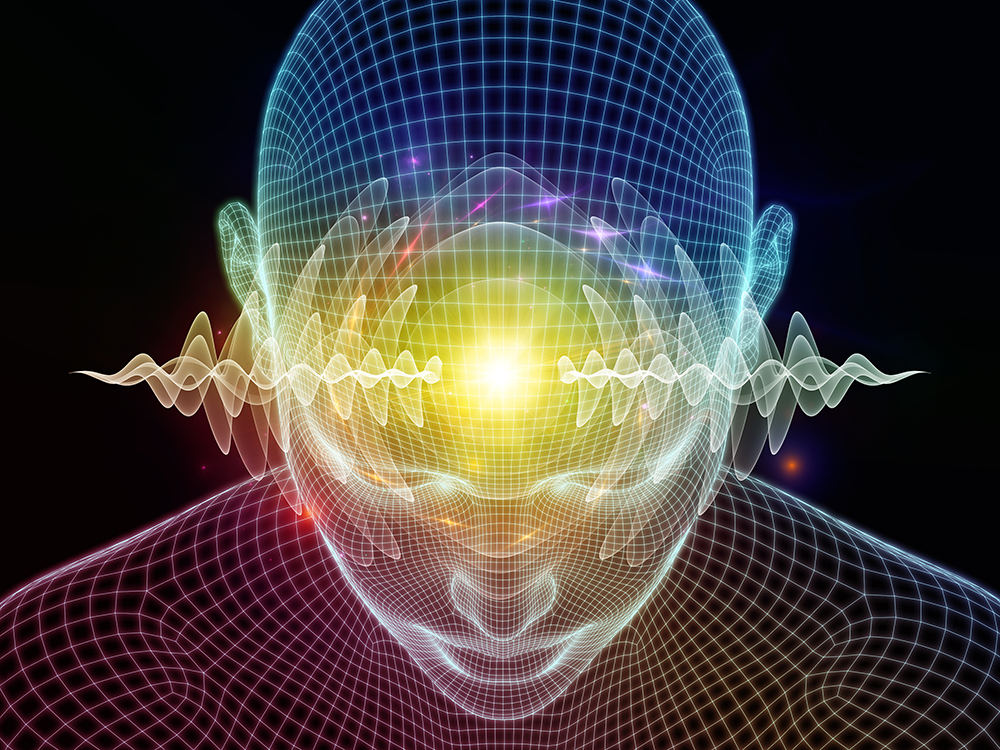
Outcomes of Employing Brain-Based Therapies for Addictions
Addiction has been a topic for generations, depending on who was defining the cause, Possibly one of the earliest “causes” might be a troop of demons invading one’s brain inhabiting one’s sense of responsibility. The Neurologists and some psychiatrists would view the brain under the influence as a search for the weaknesses of the a component or neuron matrix; whereas, another psychiatrist would sample different chemistries to shift stimulation or numbing within a brain structure for better emotional management. The most common approach is to discovery what behaviors are present, such as lifestyle or behavioral habits, such as what substances are being used or how often they are used to create a habit of abuse and decreasing management of control.
The science of the psychologist is usually to study the conscious thinking and emotional traps a person has in the process relating to addiction. More often it is the state of the brain that calls for rational and irrational thoughts that decide the conclusions made. For this discussion, the different states of consciousness can be defined as described below:
Gamma (35Hz.+) High Concentration, Anxiety
Brain Wave Ranges Conscious States
Beta (12-35 hz.) Anxiety, External Focus, Concentrated
Alpha (8-12 hz) Very Relaxed, Passive
Theta (4-7 Hz.) Deeply relaxed, Inward focused
Delta (o.5-3Hz.) Sleep
These levels of overall brain processing are measured in electrical charges coming from the brain itself in tiny voltages, and relates to some of the emotional states a person experiences as he/she processes the environmental stimulations and internal reactions perceived. It would be important to know and understand these states in terms of a person’s adjustments, especially regarding what they perceive the present reality.
There have been studies (Lawlis) that show that there are multiple personality types within a population of people seeking help for addiction. One of the most prominent can be described as “anxiety-driven abuse. The dynamics behind this notation would be people who are anxious use substances like alcohol to lower their anxiety states and manage their lives. This principle has been verified by their rating their brain states in the gamma ranges when asked.
The Theory and Reactions to the BAUD (Bio Acoustical Utilization Device)
The BAUD is an FDA-Exempt device noted as biofeedback-orientated equipment by the nature of patient-driven mechanism. The BAUD is a device that emits sound frequencies, and they can be administered independently, right and left ears.
The protocol to manage anxiety requires multiple steps:
- The subject selects a frequency that serves as a audio spectrum that creates greater perceived anxiety.
- While hearing this frequency, the subject turns the left ear such that he/she experiences a reduction in their perception of anxiety focus. The combination of both frequency inputs creates a third frequency called the binaural frequency. It is within this combination that creates the relaxation range 4-12 hz (Alpha-Theta). By combining the chosen frequency for reduction anxiety, the subject relaxes the emotional level related to the anxiety focus (whether it be family stress, performance stress, etc.) It is recommended that only one anxiety topic be used per trial.
- While listening to the frequencies of the settings, the subject is recommended to use anxiety-reducing techniques, such as breathing, humming, muscle relaxing techniques, etc.
- After 20-30 minutes, the subject is asked to express their anxiety topics and experiences and note the ease of discussing the issues involved. Sometimes the offer to laugh during the stressful points demonstrates the effect.
The impact of the BAUD protocol usually serves as an option to alcohol and other substances and with use, opens dialogue and new approaches to better and productive lifestyles.
